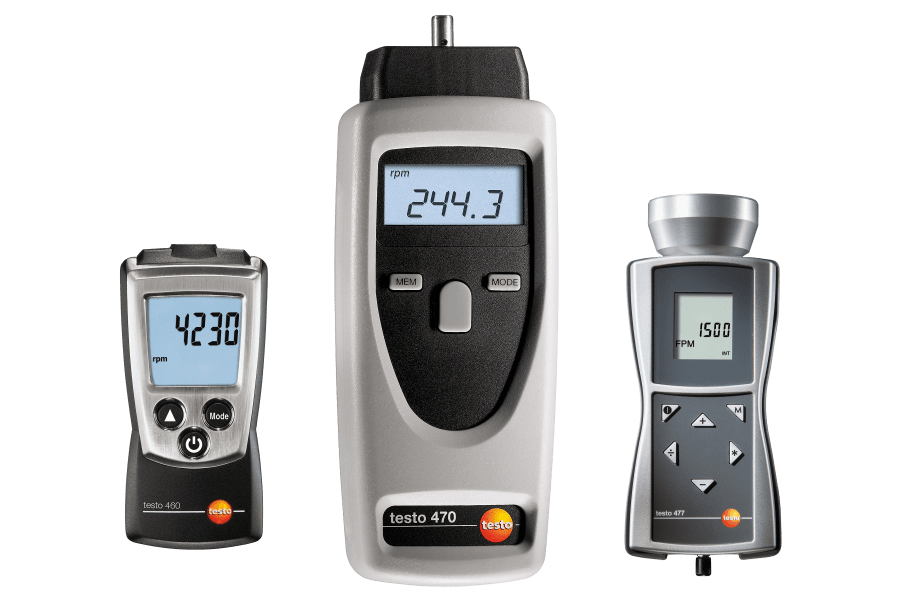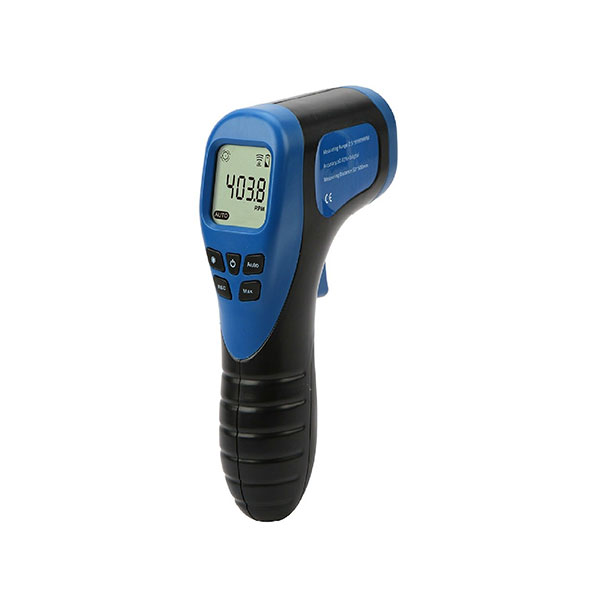The Importance of a Tachometer in Monitoring Engine Rate and Efficiency in Automotive Applications
In the world of automotive design, the tachometer stands as a critical tool in the driver's toolbox, offering a direct home window into the internal operations of a vehicle's engine. Beyond its function as a simple gauge of transformations per min (RPM), the tachometer functions as an essential tool for lovers and specialists alike, offering real-time insights into engine performance and health. Understanding the importance of this gadget goes beyond surface-level observations, delving into the elaborate connection between engine speed, power output, and general driving experience. As we discover the diverse duty of the tachometer in automotive applications, a deeper admiration for its influence on vehicle characteristics and effectiveness starts to arise.
Importance of Checking Engine RPM
Keeping track of engine RPM, or changes per min, is a critical aspect of vehicle maintenance and efficiency evaluation. Engine RPM directly correlates with the rate at which the engine's crankshaft turns, indicating just how quickly the engine is running - tachometer. By monitoring RPM, auto mechanics can evaluate the health and wellness of the engine, find potential concerns, and fine-tune efficiency. An unusual RPM analysis may signal troubles such as engine misfires, malfunctioning ignition system, or issues with the gas shipment system. Constantly high RPM analyses could suggest aggressive driving habits or the demand for a higher equipment shift to boost fuel efficiency.
Furthermore, keeping track of engine RPM is important for performance examination in racing and high-performance automobiles. In summary, keeping track of engine RPM is not only vital for discovering concerns however likewise for maximizing engine efficiency in different vehicle applications.

Advantages of Real-Time Data
In automobile applications, real-time data plays a critical role in offering instantaneous understandings right into the performance and problem of the lorry. By continually checking different parameters such as engine rate, temperature level, gas consumption, and a lot more, real-time data offers numerous advantages that add to improved effectiveness and safety on the roadway.
One substantial benefit of real-time information is its ability to sharp vehicle drivers and technicians to any anomalies or concerns without delay. This proactive approach makes it possible for fast identification of prospective troubles, enabling timely treatments to protect against additional damages or breakdowns. In addition, real-time information helps with performance optimization by providing immediate responses on driving practices and engine effectiveness. Motorists can readjust their actions in real-time based on this details to attain better go to this web-site fuel economic situation and prolong the life expectancy of their car.

Additionally, real-time data plays an important function in modern automobile diagnostics, enabling professionals to promptly detect and address breakdowns. This brings about decreased downtime, lower maintenance costs, and ultimately, boosted general car reliability and durability (tachometer). By harnessing the power of real-time data, automobile stakeholders can make informed decisions that favorably influence both the performance and long life of the lorry
Influence On Equipment Shifts
The tachometer plays an essential function in enhancing equipment shifts by giving real-time engine speed data to the chauffeur. When approaching the redline on the tachometer, it signals the motorist to upshift to avoid over-revving the engine and causing possible damage.
Furthermore, the tachometer aids in achieving smoother equipment changes, specifically in manual transmissions. By keeping an eye on engine rate, vehicle drivers can perform gear changes at the ideal RPM range, reducing jerking movements and reducing wear on the transmission components. This precision on duty modifications not only boosts driving comfort but likewise adds to sustain efficiency.
Enhancing Fuel Efficiency
Provided the this post vital function the tachometer plays in maximizing gear changes for efficiency and engine health and wellness, it directly adds to taking full advantage of gas performance in automobile applications. By supplying real-time responses on engine speed, the tachometer helps chauffeurs in preserving one of the most reliable RPM range for fuel economy. When chauffeurs constantly keep track of the tachometer and change their driving behaviors as necessary, they can prevent unneeded gas intake brought on by over-revving or carrying the engine.
Moreover, the tachometer assists vehicle drivers recognize the most fuel-efficient gear to be in at any given minute, avoiding the engine from working more difficult than needed. This is especially important throughout velocity and travelling, where remaining in the right equipment can substantially impact fuel efficiency. Furthermore, the tachometer can notify drivers to potential mechanical problems that can be adversely affecting fuel economic situation, such as a sliding clutch or a clogged up air filter. In conclusion, the tachometer functions as an important tool in improving fuel efficiency by advertising optimal driving behaviors and determining locations for improvement find in the automobile's efficiency.

Maximizing Engine Long Life
The tachometer's role in monitoring engine speed and performance is crucial in ensuring the long life of vehicle engines. Keeping an eye on the tachometer permits motorists to stay within the recommended RPM range for their lorry, protecting against unneeded stress on the engine and expanding its life-span.

Verdict
Finally, the tachometer plays a crucial function in checking engine speed and performance in automotive applications. By supplying real-time data on RPM, it permits reliable gear changes, enhanced gas performance, and taken full advantage of engine longevity. This device is crucial for keeping ideal engine efficiency and ensuring the overall performance of an automobile.